Explainer / Everything you need to know about hotpot, Hong Kong’s favourite winter comfort food – from the Chinese soup dish’s origins to how to eat it, according to Michelin-recommended Megan’s Kitchen and more

There are other local winter favourites – like claypot rice – but for many Hongkongers, it’s hotpot that is the ultimate winter comfort food. And it is a dish with a long history.
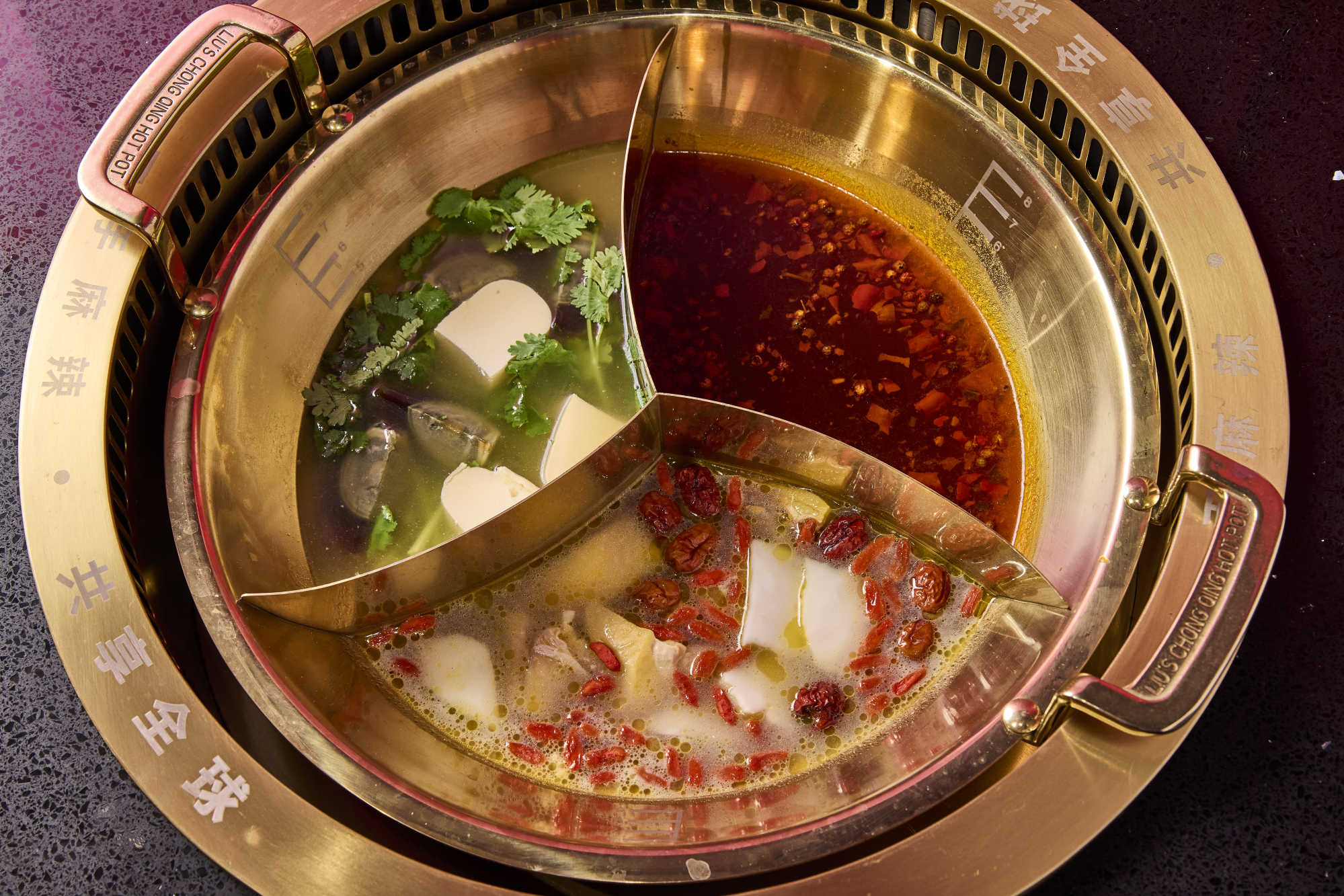
While it’s generally agreed to have originated in China, there’s little else that scholars agree on. Some claim hotpot dates back to the Zhou dynasty, when nobility had a personal bronze pot with charcoal stove called a ran lu. Others point to the Three Kingdoms period (AD220 to AD280), or the Mongols. Perhaps inevitably, those spoken to for this article also have varying views.
“Hotpot has been well-known in China for more than one thousand years,” says Raymond Suen, CEO of high-end Wan Chai hotpot restaurant Megan’s Kitchen. “It is generally assumed that the hotpot tradition came from Mongolians who camped outside and had dinner together circling around a pot on the fire. There’s another point of view that it started from the Three Kingdoms period, with the introduction of copper pots credited as the origin of modern hotpot.”
Over at Tsim Sha Tsui’s Dong Lai Shun, head chef Sze Chiu-kwan adds, “Shuan yang rou for example – also known as mutton hotpot – has a long history. It was originally a court dish during the Ming dynasty [AD1368-AD1644], becoming more widespread among the general population in the late Qing dynasty [AD1636-AD1912].”
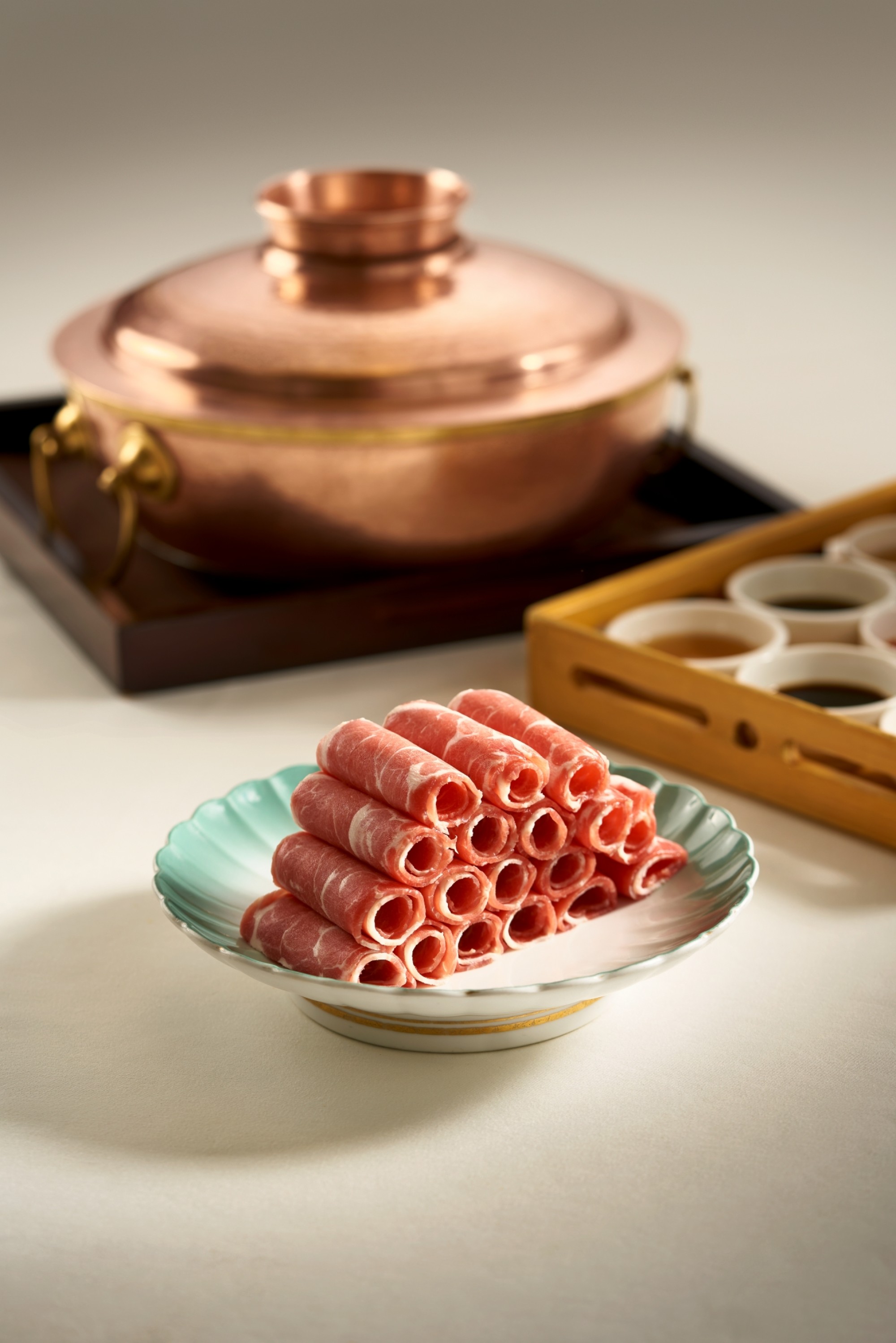
Meanwhile Jeffrey Shum, co-owner of Cloud Nine Hotpot in Happy Valley, says, “We have read that hotpot originated from sailors in China who sought a simpler way to cook. There are also similar dining styles in many other Asian cultures, though, such as lok lok in Malaysia and shabu-shabu in Japan.”
Regardless of the origin, its enduring popularity has given rise to a wide variety of hotpot styles and versions. In China alone it has been reported that there are hundreds, possibly thousands, of takes on humble hotpot. This includes one of the most famous – the mala hotpot from Chongqing, which is laden with Sichuan peppers.
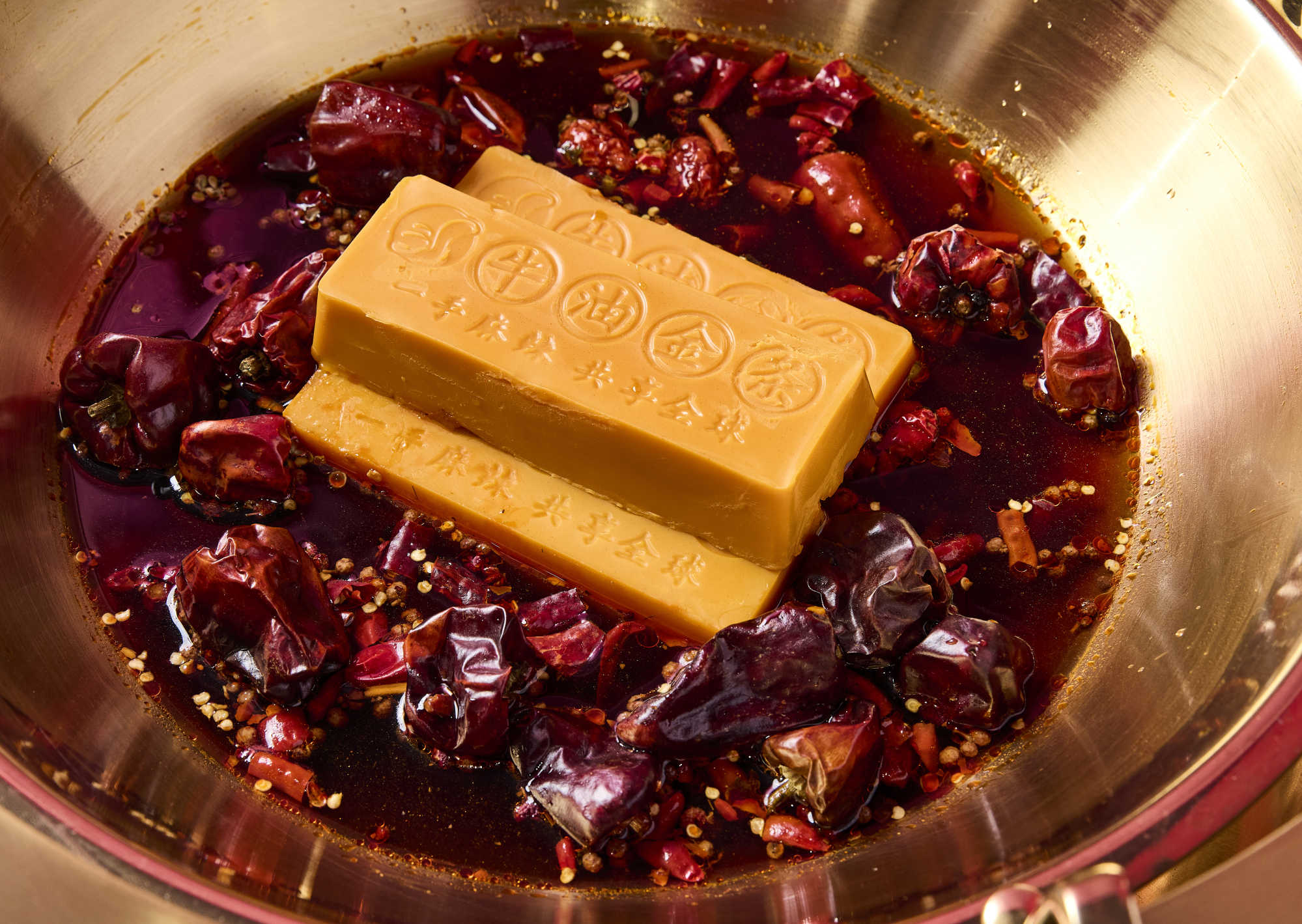
Staying true to its Chongqing roots is Lui’s Chong Qing Hotpot, its key base being the mala broth. Although now a global chain, Lui’s began as a humble street side eatery in Hong Kong more than 20 years ago. There are now two outlets in the city, found in Kowloon Tong and Tsim Sha Tsui.
Its broth is noted not only for the amount of numbing Sichuan peppers but also for the addition of clarified beef tallow. It also contains pixian bean paste, Yongzhou tempeh, and more than 10 Chinese medicinal herbs and spices. “It’s highly addictive with the perfect balance of numbness and spiciness,” claims Ee Khoo, general manager of the owners, Gaia Group.

Nearby in Tsim Sha Tsui, Dong Lai Shun also serves hotpot of Chinese origin, specialising in the shuan yang rou variety. “A traditional Beijing hotpot style with a long history, as mentioned,” says head chef Sze.
Its bestselling broths include the traditional Dong Lai Shun chicken soup, drunken chicken soup with Chinese herbs, and Sichuan spicy soup, and the restaurant is also known for its Mongolian specialities. “We serve different cuts of mutton, which gives diners the unique experience of an authentic shuan yang rou hotpot.”
Focusing more on Southeast Asian hotpot is Cloud Nine. It is defined by its range of soup bases, which are based on dishes from Thailand, Malaysia, Singapore and Vietnam.
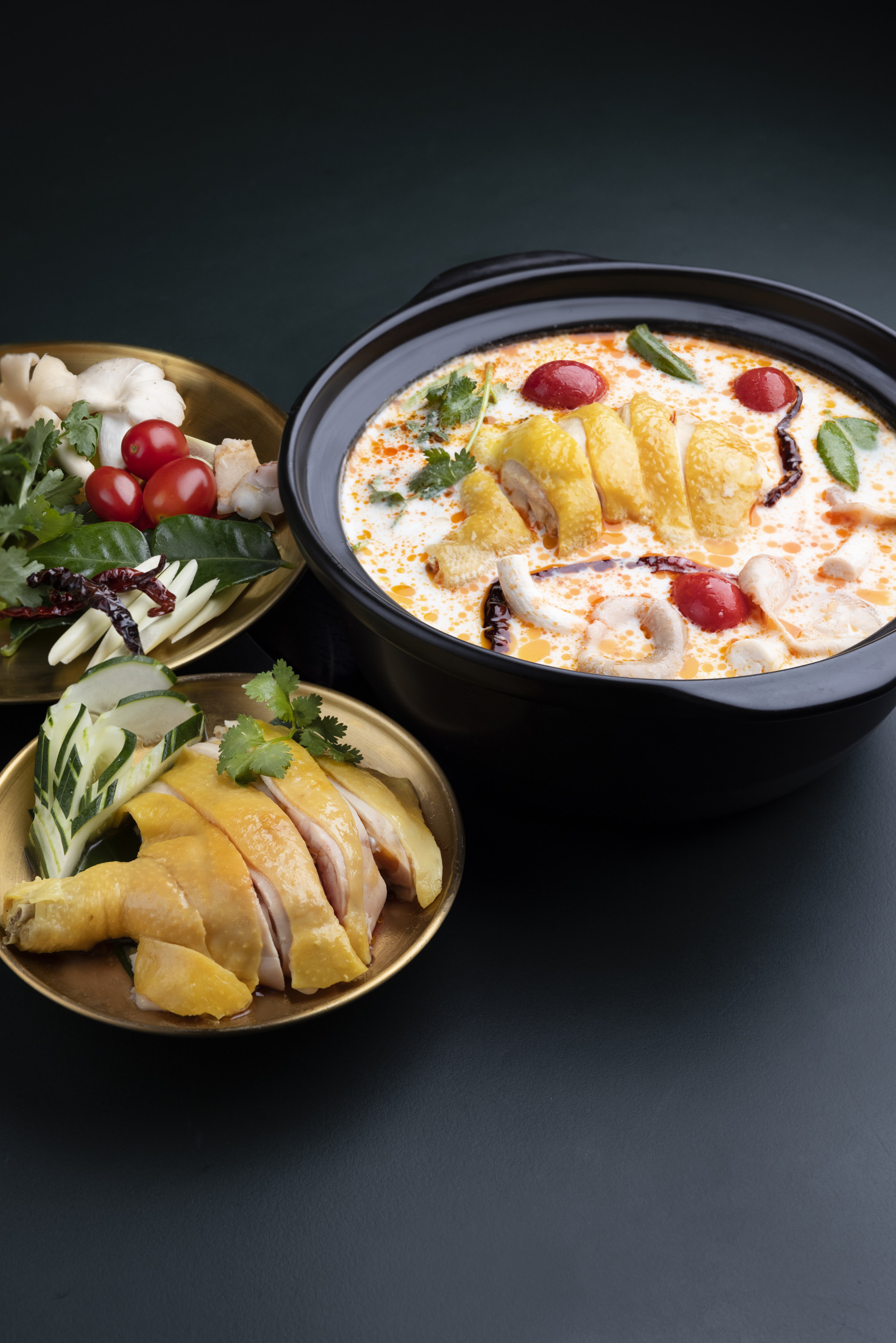
“Our soup bases are good enough to drink on their own, the most popular are a matter of taste,” notes Shum. This includes nyonya laksa, tom kha gai, Vietnamese coconut clam and bak kut teh.
Every soup is made to order, with popular additions like its selection of home-made dumplings and meatballs that are also Southeast Asian-inspired.
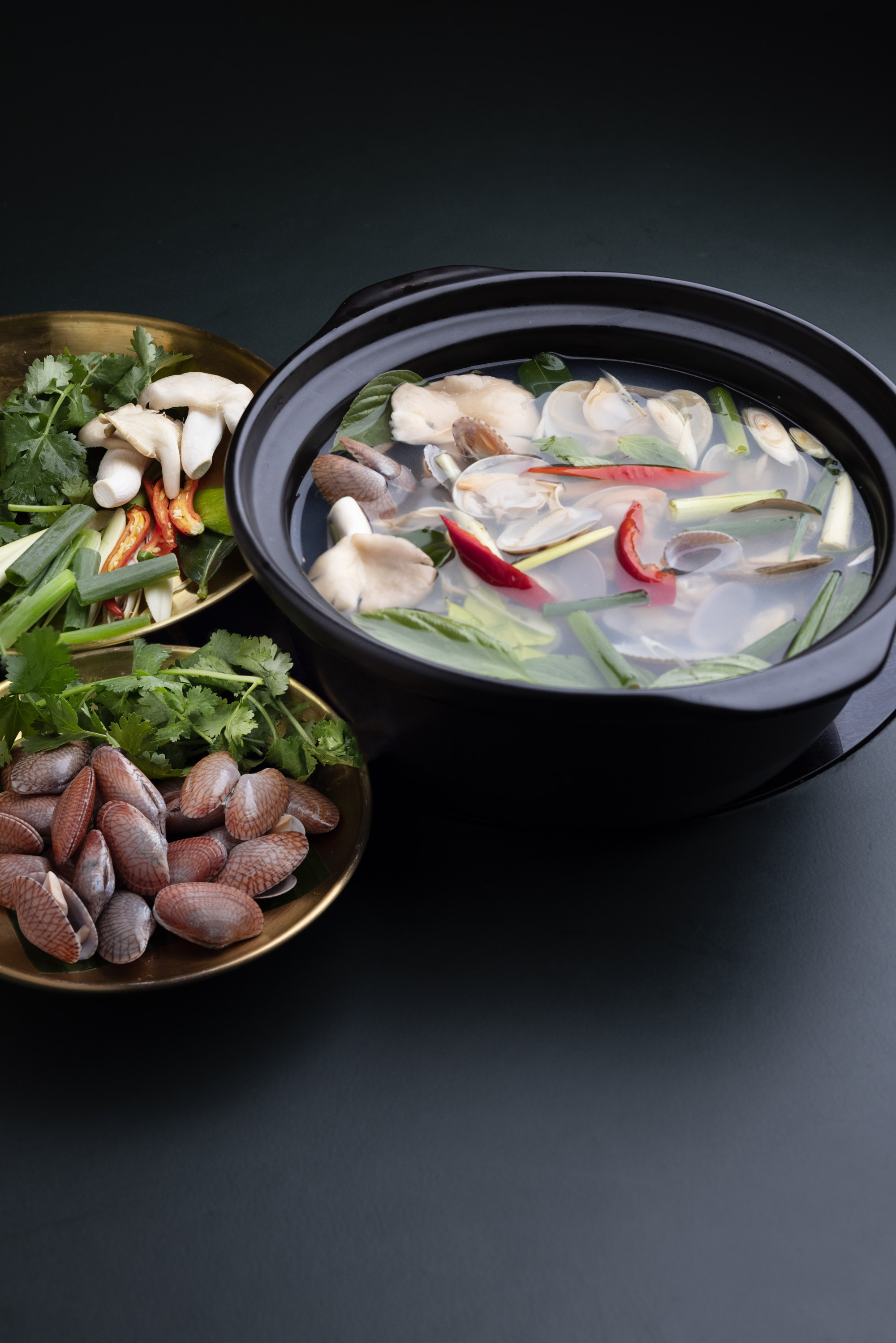
Another venue making its own dumplings and meatballs is Michelin-recommended Megan’s Kitchen. While it is noted for serving traditional Cantonese-style hotpot, it also serves many other regionally inspired options, including from Thailand, Japan, Malaysia, Korea, Vietnam, Sichuan, Chiu Chow, Taipei – and even Western flavours. The restaurant is also known for introducing a yearly special soup base, and this year it is a drunken crispy coconut chicken soup, a Taipei cuisine-inspired creation.
On the that theme, Wulao – one of Taiwan’s most famous hotpot establishments – serves Taiwanese-style hotpot, with a branch in Hong Kong and a second in the pipeline. Its soup bases served in Hong Kong are made from all natural ingredients and are imported from Taiwan to ensure an authentic taste.
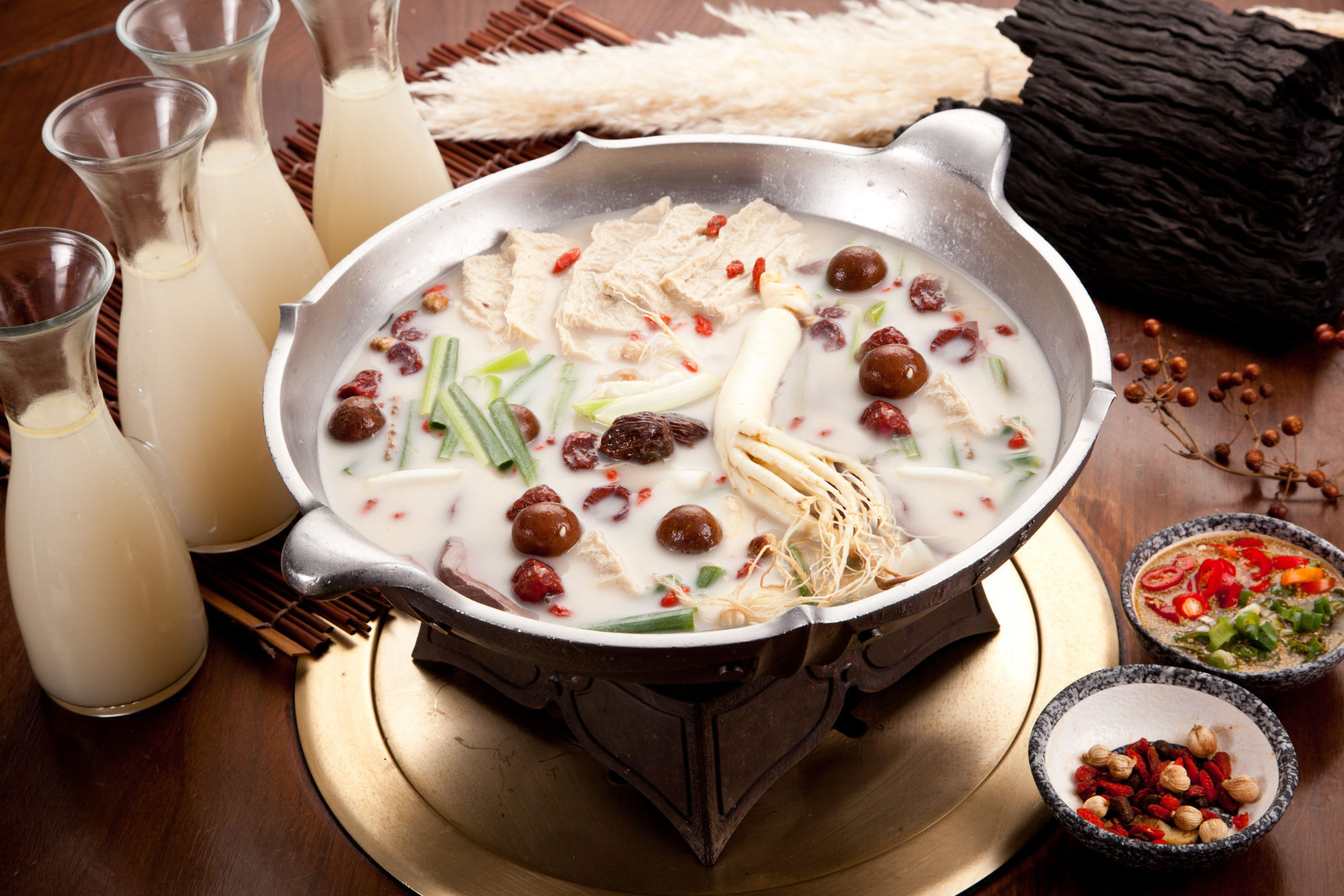
Chef Chi Ho-choy says, “Our Taiwanese-style hotpot features two signature soup bases, a layered tofu hotpot which has Japanese influences, and a spicy Wulao broth that has Chinese influences. Presenting them together allows diners to experience two flavours at one time.”
The tofu hotpot is its most popular, partly because it stands out among its competitors, and for the addition of duck blood jelly.

When asked what is behind the longevity of this cook-it-yourself restaurant experience, the experts put it down to the social aspect and freedom of choice.
Suen says, “I think all hotpot diners will agree that hotpot meals are happy times with family and friends gathering to cook and eat together. The steam from cooking, the fragrance of the food while cooking, all adding to the joy.”
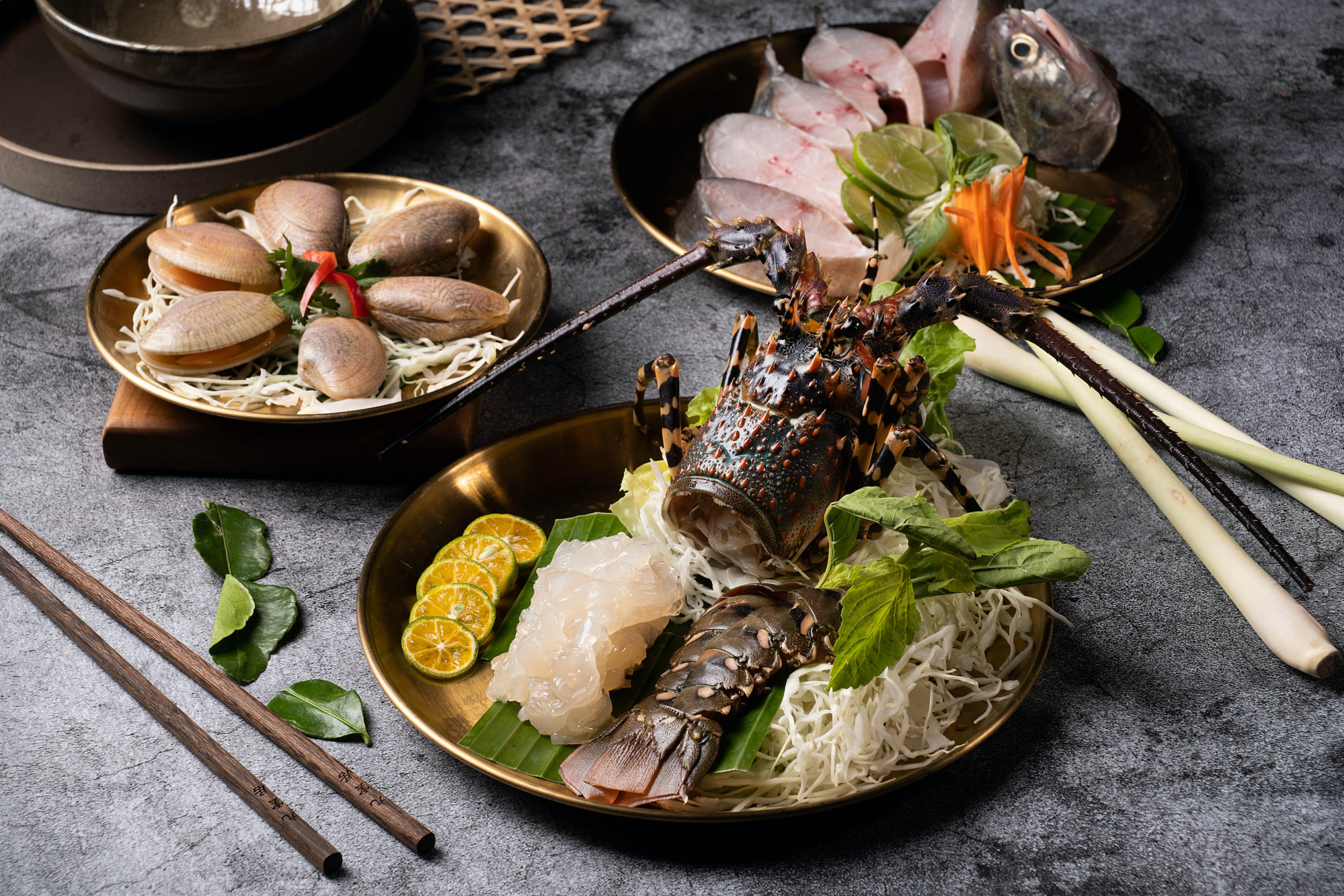
Chi points to the deep tradition. “Partly it is a cultural habit to want to enjoy a selection of foods in one meal,” he says, “and hotpot is one of the easiest ways to eat a variety of foods, in small portions, in a single meal.”
How to hotpot, according to chefs
When it comes to cooking tips, Raymond Suen offers the most succinct advice:
“Be patient, please wait until the soup is boiled before you start to cook, and cook your food in small amounts.”
He also warned against overcooking. While cooking meat and seafood through heavily depends on the cut, thinly sliced portions should only take one to two minutes, thicker cuts three to five. “Although it is best to observe by eye,” he adds that vegetables only take a couple of minutes and that dumplings and meatballs are ready when they float to the surface.

Chefs also have varying advice on the order in which to cook the produce.
For Chi Ho-choy, it all depends on personal style: “Some customers love to have a sweeter taste to the soup base so they will cook the seafood first. For meat lovers, they will cook meat throughout the hotpot meal.”
Jeffrey Shum says it doesn’t matter: “The joy of hotpot is to be able to enjoy food and cooking in everyone’s own way. Our only recommendations would be to throw in items like taro, winter melon or pork rib early as these take time to soften up and absorb the soup’s flavours.”

For Suen it begins with the soup base. “Each soup has its own flavour, before starting the meal, it’s better to taste a sip of the soup to feel its true character.”
His other advice is to cook vegetables and mushrooms first to avoid them absorbing too much oil from meat. “The vegetables can also enhance the fresh taste of the soup. Seafood to follow will be a great idea as the umami of the seafood can further enhance the sweetness in the soup, and lastly will be meat, meatballs and dumplings.”
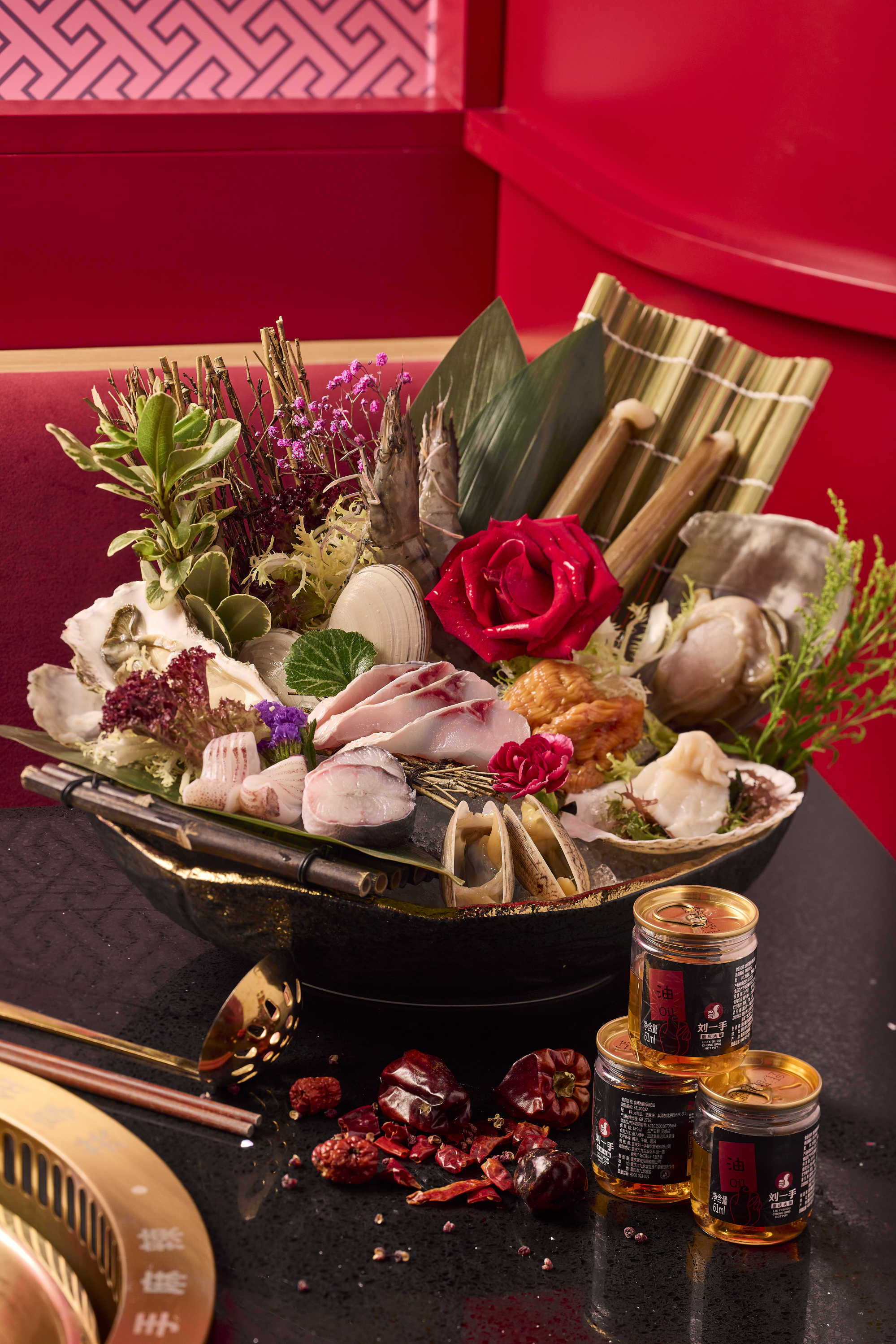
Ee Khoo has a different recommendation. “Usually we start with meat first, as it’ll help to enrich the umami-ness and sweetness of the broth. Next the seafood, followed by vegetables. Ingredients such as intestines or starches usually go last so as to not cloud the soup base.”
Sze Chiu-kwan believes in leaving it to diner preference, but personally, guided by Chinese characters, prefers to cook the mutton last: “The Chinese character for ‘fresh’ consists of a ‘fish’ radical on the left followed by a ‘goat’ radical on the right,” he says.
The final advice comes from Suen: “Just go with the flow as the most important thing is to enjoy the hotpot meal as per your own choice.”

- Hotpot’s enduring popularity has given rise to a wide variety of styles and versions, from the numbing Chongqing mala hotpot and Beijing’s shuan yang rou, to Southeast Asian-inspired broths
- Owners and chefs of Michelin-recommended Megan’s Kitchen, Dong Lai Shun, Cloud Nine, Lui’s Chong Qing Hotpot and Taiwanese establishment Wulao weigh in on how to eat the dish, too